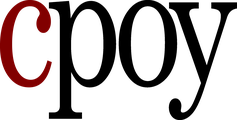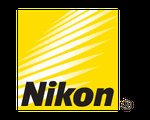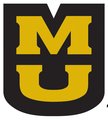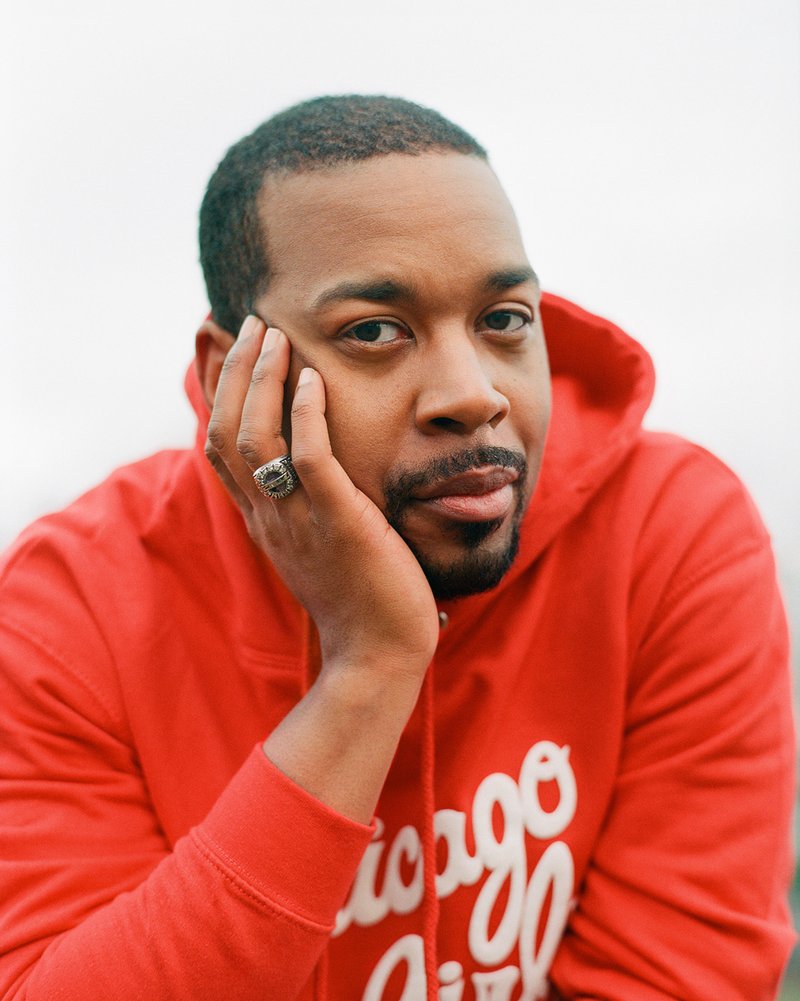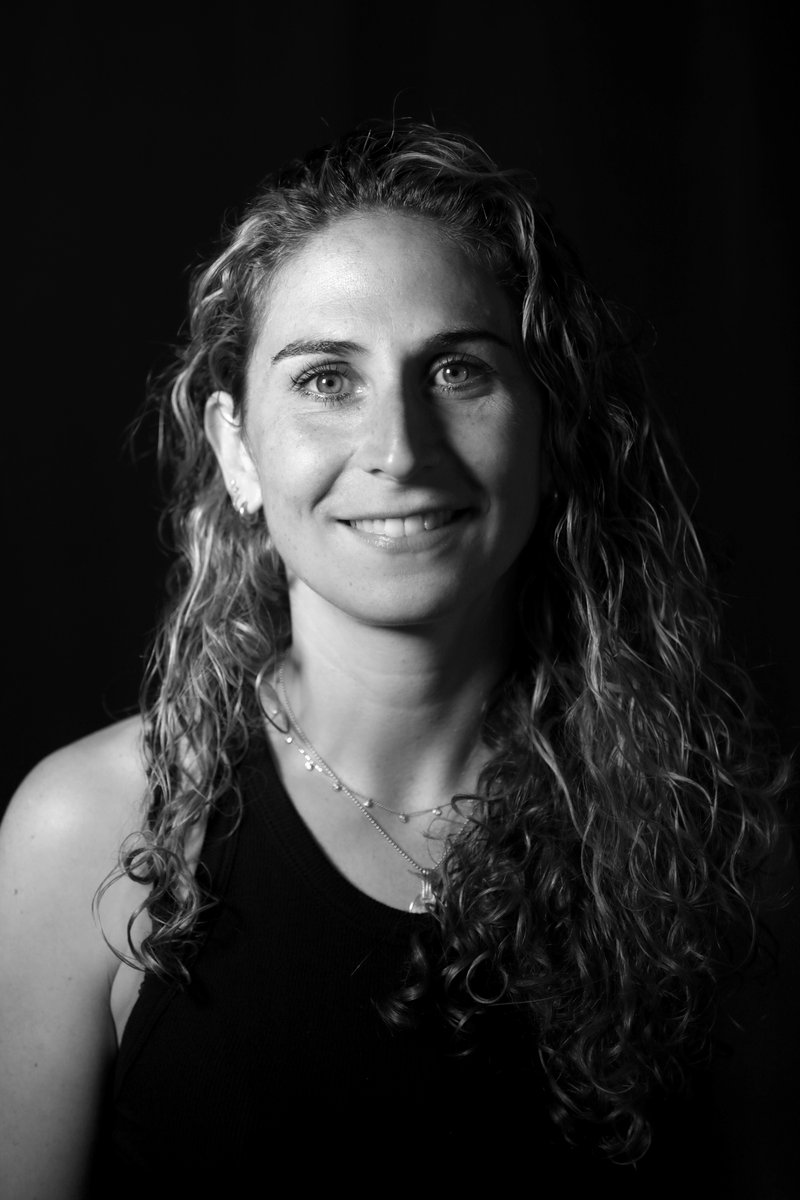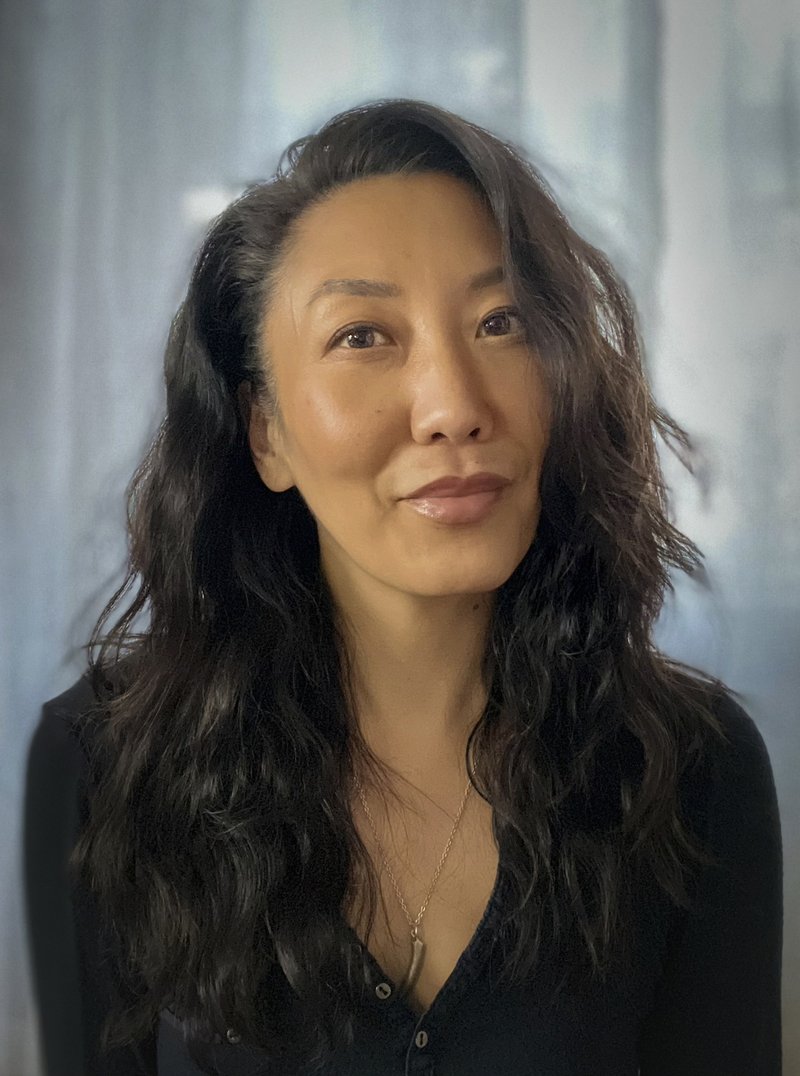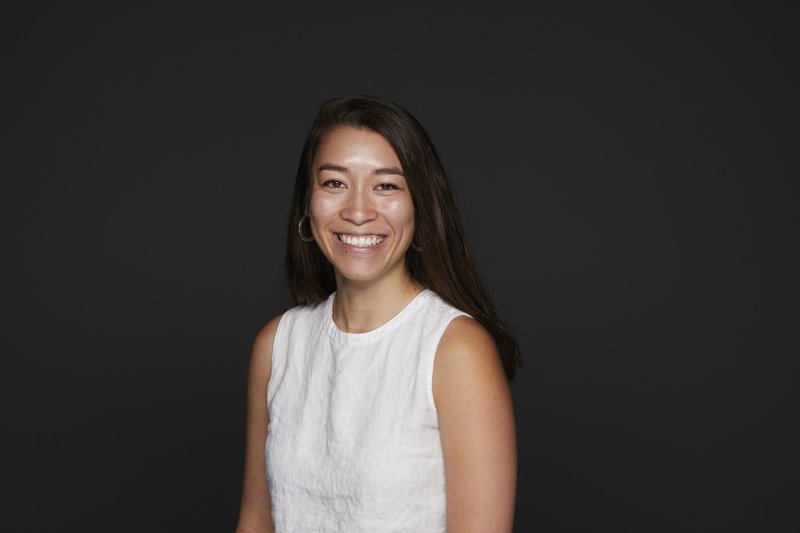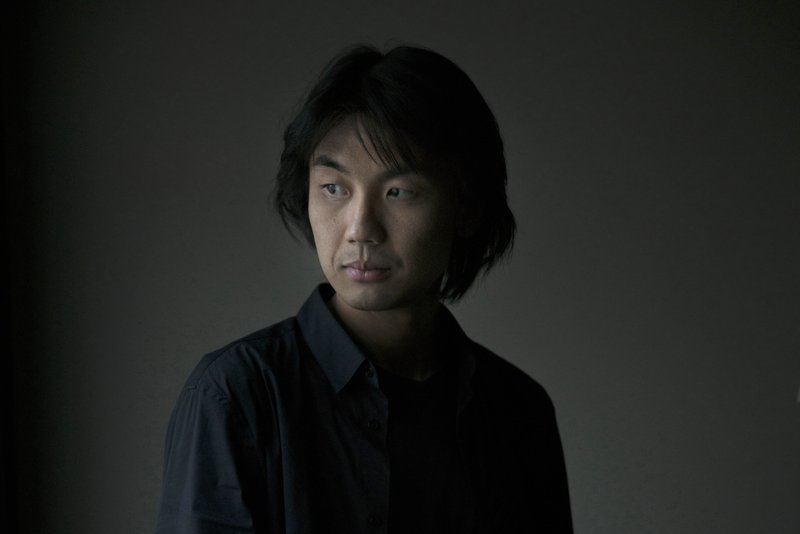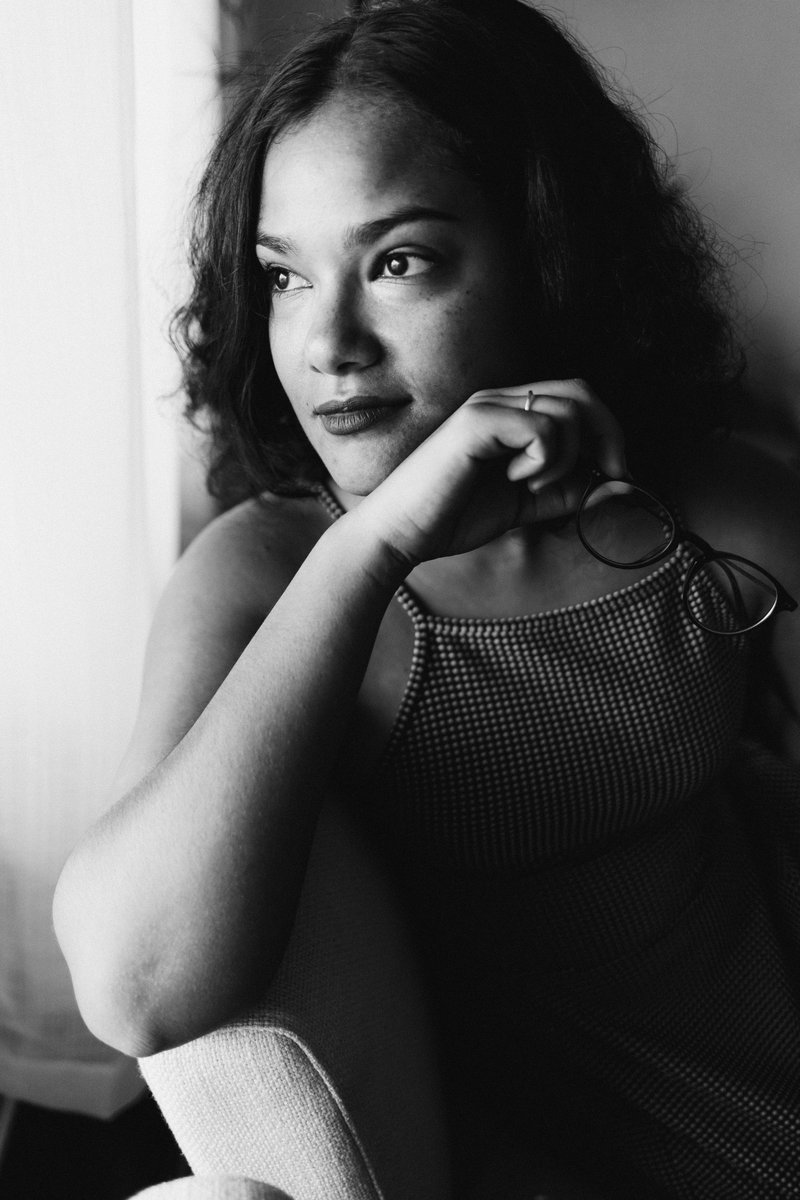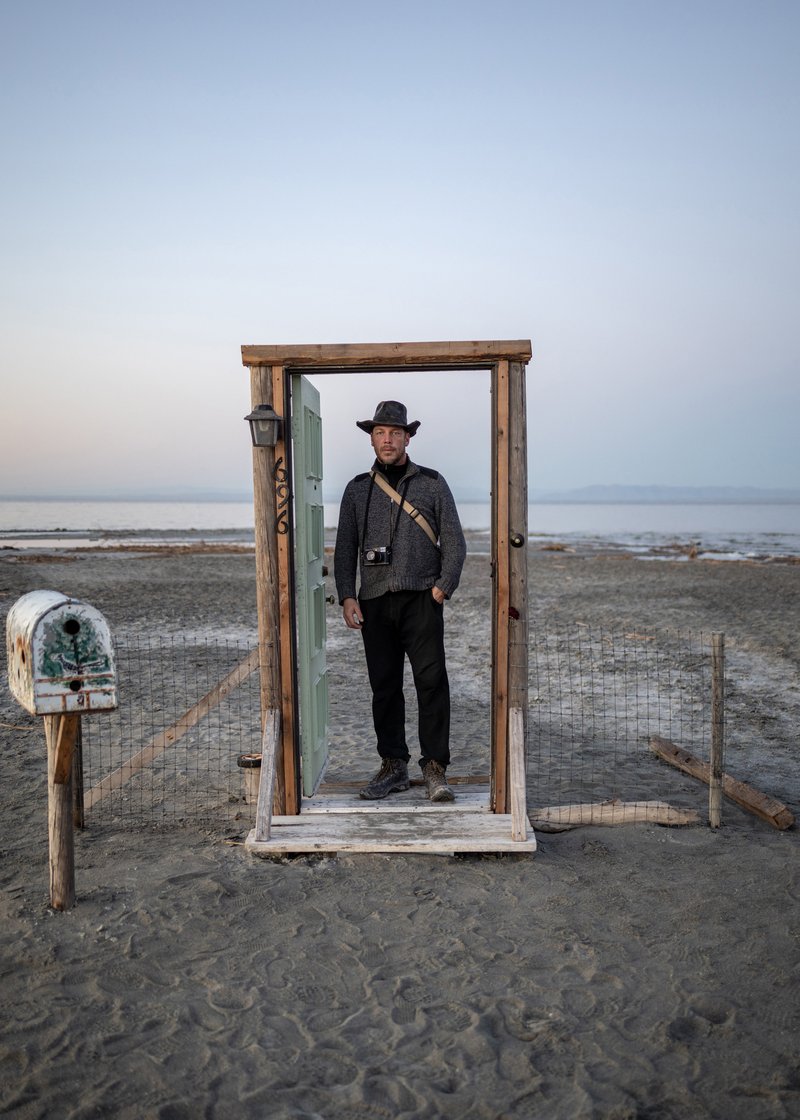Caption
Slide 8 of 8
Uwe Martin: Multimedia Division
Uwe H. Martin is an independent visual storyteller, slow journalist, researcher, and educator. His long-term projects, which combine photography with documentary film, text, and sound, focus on the significant environmental issues of the Anthropocene. With his partner, Frauke Huber, Uwe has documented global agriculture's social and environmental consequences since 2007. Using a slow journalism approach, their projects build bridges from traditional journalistic publications, over linear web documentaries and interactive apps, to spatial installations at art institutions.
Over the years, Uwe has received numerous recognitions and awards for his work, including the German Reporter Award, the Greenpeace Award, the Development Media Award, and the German Short Film Award (LOLA).
As an integral part of his journalistic and artistic practice, Uwe teaches photography, film, journalism, and storytelling for eco-social impact at universities, workshops, and journalism schools worldwide. He strives to empower people to become independent, expand their scope of action and bring about lasting changes in society and the environment:
In 2010 Uwe cofounded the international art and research project "World of Matter," which investigates primary materials and their complex ecologies. In the same year, he also founded "Aggrey's Dream," which supported a school in Mombasa, Kenya, with four teachers, a school lunch program, and built a bakery that generates an independent income for the school. Finally, recognizing the urgent need for new ways to finance quality freelance journalism, Uwe cofounded the "RiffReporter" cooperative in 2017, a crossover between a collaborative publishing platform and a business incubator for entrepreneurial freelance journalists.
His new initiative – the "Earth Vision Lab" – brings together diverse expert teams envisaging solutions to the Water-Food-Energy-Climate-Nexus. In parallel, Uwe has proposed a new practice of "Transition Journalism" that explores how journalists and visual storytellers can become agents for eco-social change.
See more at cpoy.org
